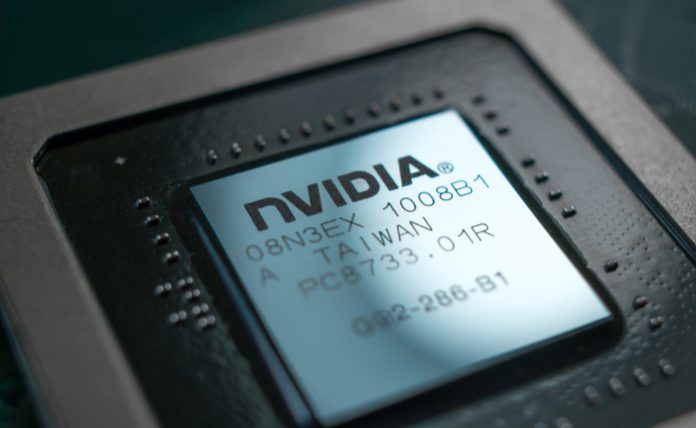Today, tech news media are looking at new announcements that a long-pending deal in the microchip industry has been scuttled, and the current owner of ARM is looking to instead take the operation public by March 2023.
Reuters reports that initially Nvidia was going to buy ARM for a price tag of around $40 billion in a deal announced in 2020.
That deal then faced what experts call “regulatory scrutiny” and was apparently eventually dropped, as of today.
“The blockbuster deal encountered setbacks that included a Federal Trade Commission lawsuit in December to block the acquisition, as well opposition from regulators in Britain,” writes Don Clark at the New York Times. “The end of the deal is a blow to Nvidia and its chief executive, Jensen Huang, who has driven the company’s chips into new applications, such as artificial intelligence software run by giant cloud companies. Mr. Huang argued that Arm, whose microprocessor technology is contained in more than 25 billion chips sold each year, could help give Nvidia a broader position in data centers akin to rivals like Intel. But Qualcomm, Microsoft and others that license Arm technology argued that the deal could harm their businesses. That resonated with some regulators.”
Onlookers report that a $1.25 billion deposit by Nvidia is nonrefundable, even though the deal is off.
So what kind of regulatory challenge was it that stopped this merger in the first place?
It turns out that as a major innovator in chip design, ARM counts basically all major device companies as clients.
With all of this in the news today, it’s helpful to take a look back at why ARM has become so vital in the first place.
The answer is that ARM isn’t just the name of the company.
It’s also the name of the technology itself.
Known as “advanced RISC machines,” (ARM) the proprietary chips that IRM makes are a set of Reduced Instruction Set Chips (or RISC) that work on a different circuit model than a generic microprocessor.
Over the past few generations of market devices, this technology has become standard, and so regulators decided that one U.S. company should not have control of the entire supply.










